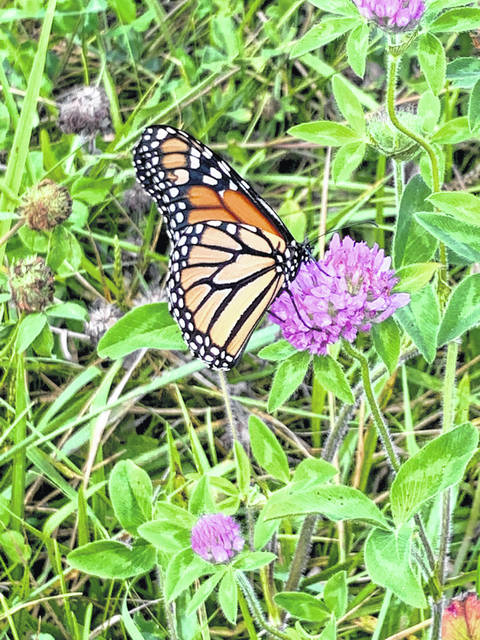
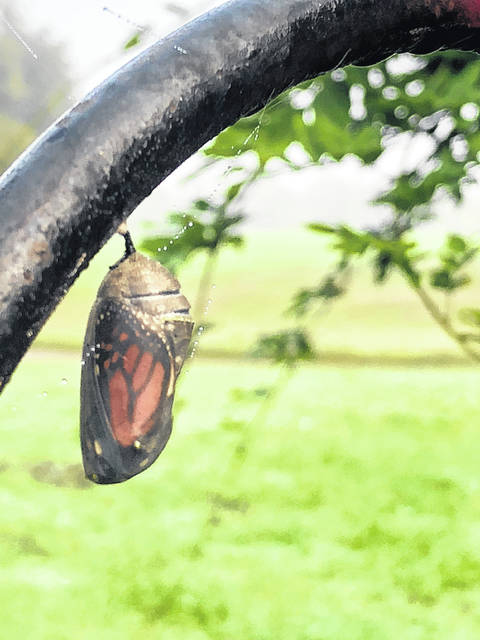
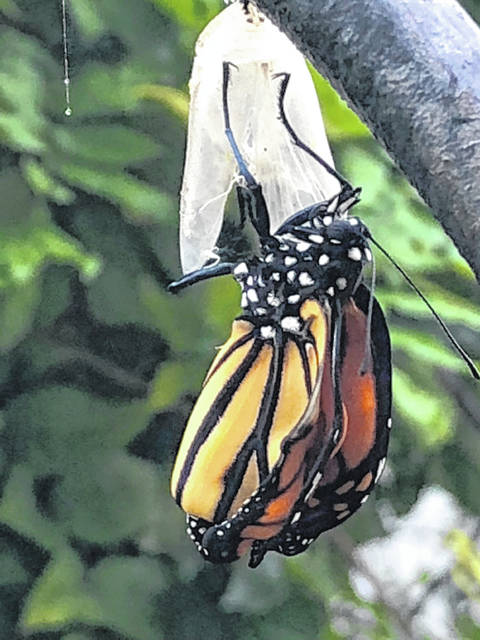
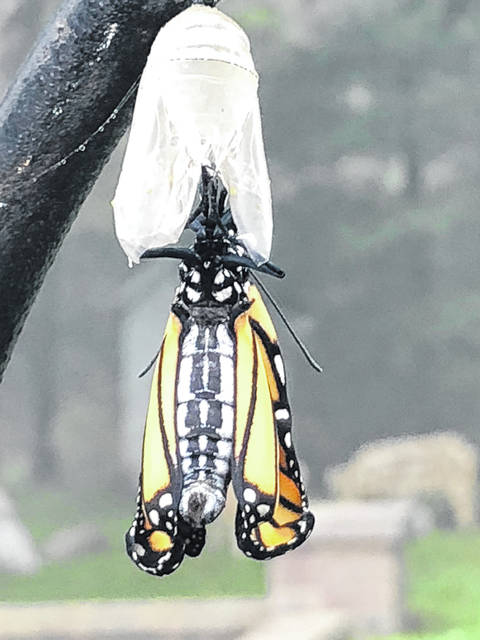
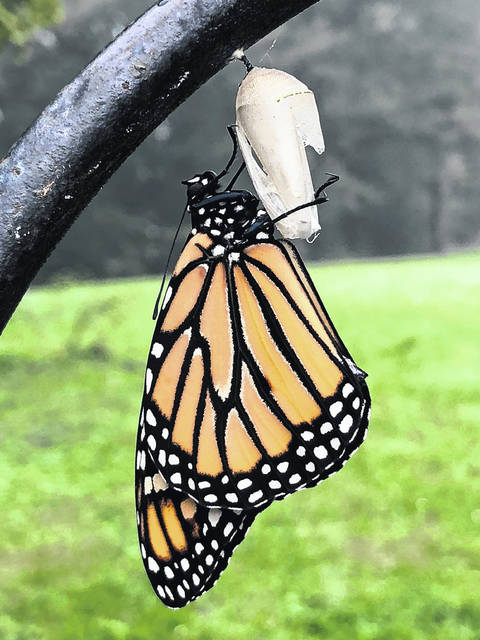
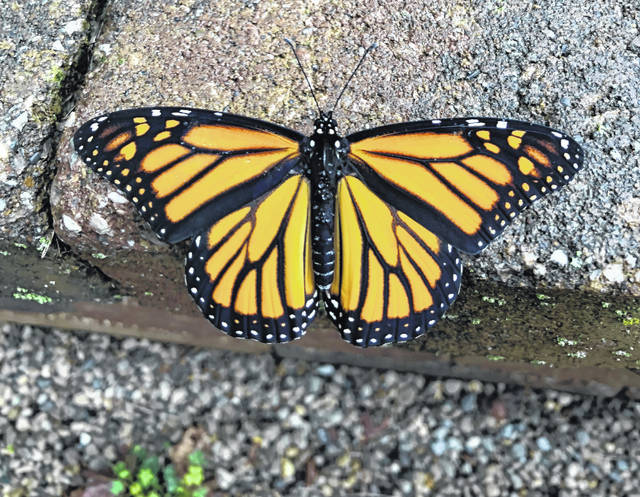
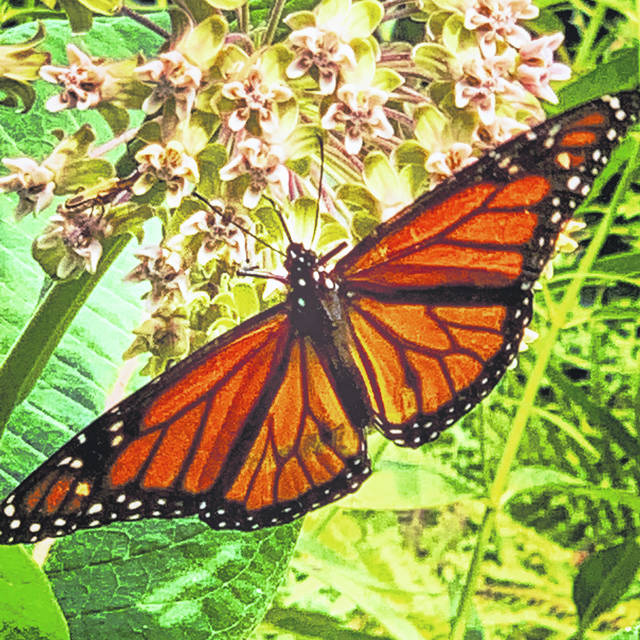
COLUMBUS – Monarch butterflies are in trouble. The monarch population in the eastern U.S. has declined up to 90 percent in the last 20 years. In response, the Ohio Department of Agriculture (ODA), the Ohio Department of Transportation (ODOT) and the Ohio Department of Natural Resources (ODNR) are helping monarchs by adding habitats across the state.
To create monarch habitat, Ohio plans to add millions of milkweed and nectar plants by 2035. Milkweed plants host breeding monarchs, and nectar plants provide food.
“We’re working hard to protect and restore Ohio’s natural resources, and this is just another example,” said Gov. Mike DeWine. “This initiative is not only about the monarch butterfly population but the effect pollinators have on our landscape, agriculture, and economy. State agencies are working together to make a positive impact while also conserving taxpayer dollars.”
“The monarch butterfly is a valuable part of our state’s natural diversity,” said ODNR Director Mary Mertz. “Providing the right habitats will boost monarchs and help other pollinators that are important to Ohio.”
ODNR organizes the collection of milkweed seeds sent around Ohio. The department also educates the public on creating monarch habitat. Since 2014, ODNR has planted milkweed and nectar plants across 58,000 acres of wildlife areas.
“This is ODOT’s contribution to supporting our valuable agribusiness and ecosystem, both of which depend on vital pollinators like the monarch butterfly,” said Jack Marchbanks, director of ODOT. “Our efforts don’t just benefit pollinators, but taxpayers as well.”
ODOT has created 126 pollinator habitats in 47 counties in the last five years. These 1,200 acres, combined with 80,000 acres of reduced highway mowing, provide habitat for pollinators and saved Ohio taxpayers $2.2 million in 2018. ODOT plans to add 125 acres of new pollinator habitat each year going forward.
“Pollinators are an essential component to Ohio’s agricultural industry,” said Dorothy Pelanda, director of ODA. “Agriculture and food contribute $124 billion to Ohio’s economy each year. Ohio’s vegetables, fruit trees, honey, and hay production are all dependent on pollinators.”
The Ohio Pollinator Habitat Initiative is a collaboration of agencies, organizations, and individuals committed to helping monarch butterflies and pollinators thrive in Ohio by encouraging conservation actions by public and private landowners and across diverse urban and rural landscapes. They encourage all Ohioans to take action for monarchs and pollinators by planting milkweed and native plants – All you can, where you can!








